Are you thinking about camping in the fall? In many ways, it’s the best time to go camping. The trails and campsites aren’t crowded and the autumn scenery can be fantastic. The weather isn’t too hot or too cold, and you have fewer bugs to deal with. The rates are more affordable too.
Whatever your reasons to go camping in the autumn season may be, the first rule is still to be prepared.
Pick the Right Location for Fall Camping
You can try out the state parks and national forests after Labor Day, as public lands tend to offer reduced rates for after Labor Day camping. Pick the places known for fantastic autumn foliage, which you can enjoy when you go camping in September or October.
If you’re in the US and you’re itching to go camping in October in another state, try Colorado, Washington, and the New England states. Other good picks include North Carolina, Michigan, and New Mexico.
We think you'll like: Backpacking Colorado | The Essential Guide To Enjoy the Rocky Mountains
Special Fall Camping Activities
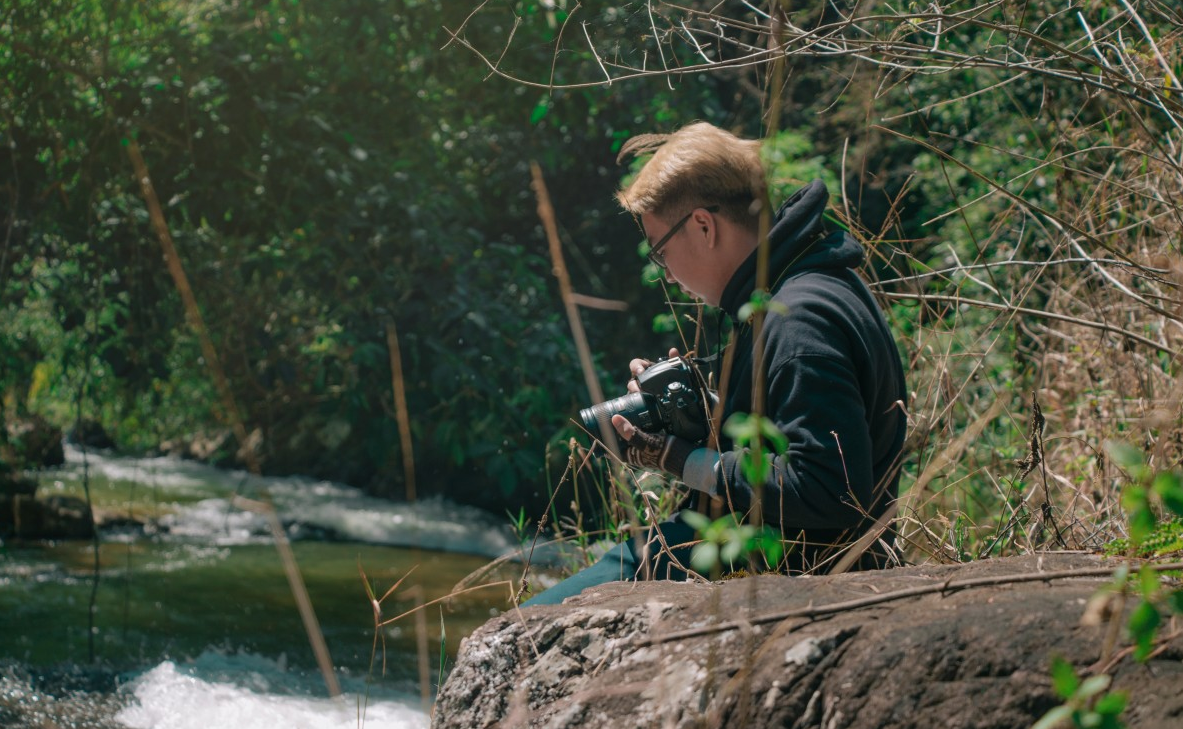
You can always go hiking, biking, and fishing whenever you go camping in the fall. If you opt for backpacking for even more cardio on your way to the camp, you'll need a quality backpack for hiking. But you may also want to pick a camp that offers special autumn camping activities. These include picking apples and pumpkins, and you can carve the pumpkins too. Lots of places have local harvest festivals.
Speaking of pumpkins, you may also want to be in the lookout for special Halloween events when you’re camping in October. Fall fishing derbies can also be fun.
Warm Camping Clothes
Prepare a checklist of what to wear camping including the following layers of clothes.
- Sleeping cap
- Thermal underwear or base layers that can wick moisture
- Gloves (though mittens may be a better idea) and an extra pair
- Sturdy waterproof boots with extra shoes and dry socks
- A winter jacket even if the weather is expected to remain warm
- Rain poncho and pants
Just make sure that your layers of fall camping outfits are breathable and water-resistant.
How to Stay Warm Camping
You’ll need a good 3-season tent with a full rain fly. An extra tarp over the top of the rainfly can ensure to keep the moisture out. Another tarp will be needed to out under the tent to keep moisture from seeping in.
You’ll also need a sleeping bag for cold weather. Even if you expect to go camping in 40 degree weather, you have to assume that you’re actually camping in 20 degree weather. So pick a sleeping bag explicitly designed for 0-30 degrees F. Go with the mummy design as the material clings closer to your body, and most of these sleeping bags also come with hoods.
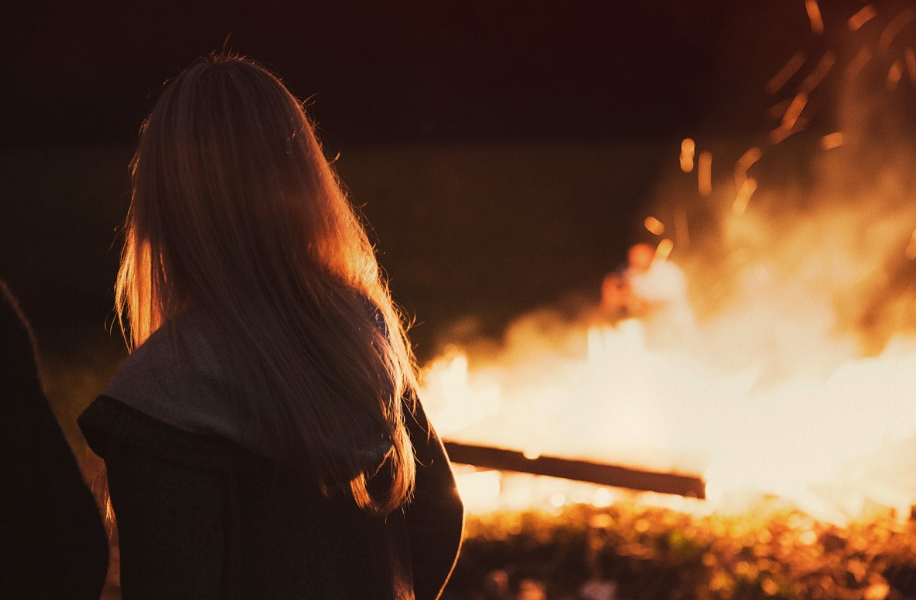
Sleeping pads are also absolutely necessary. Buy a good closed-cell pad, and if you want to be sure you can double it with another foam pad.
Learning about how to stay warm camping in a tent also involves picking the right location to set up your tent to begin with. You should pick a sheltered spot that’s protected from the wind though you should also make sure you pitch your tent firmly in case of unexpected strong winds. The ideal spot is if the sun also shines on your tent in the morning.
You may want to hang a tarp between the trees near your tent as additional protection against the wind. Bring an extra tarp to hang over your picnic or dining area, so you can eat without getting wet even when it rains.
Additional Fall Camping Tips to Stay Warm
When you’re up and about the camp, you need to wear proper layers of clothing. Begin with a base layer, and the best for this is moisture-wicking thermal underwear. Then you add a layer for warmth before you put on breathable windproof jacket to keep the heat from escaping.
Obviously you need to move around a bit to keep warm. When you wake up on the morning, move around a bit in your sleeping bag to gently get your body going. Think of it as warming a car engine before you go racing. Then start doing some of the chores, or maybe walk the camp site or even go on a hike.
Better yet, put the clothes you plan to wear for the day inside the sleeping bag and near your body. Keep them inside for a few minutes so that the clothes can absorb some of the heat inside the sleeping bag. So when you out them on, they’ll be nice and warm.
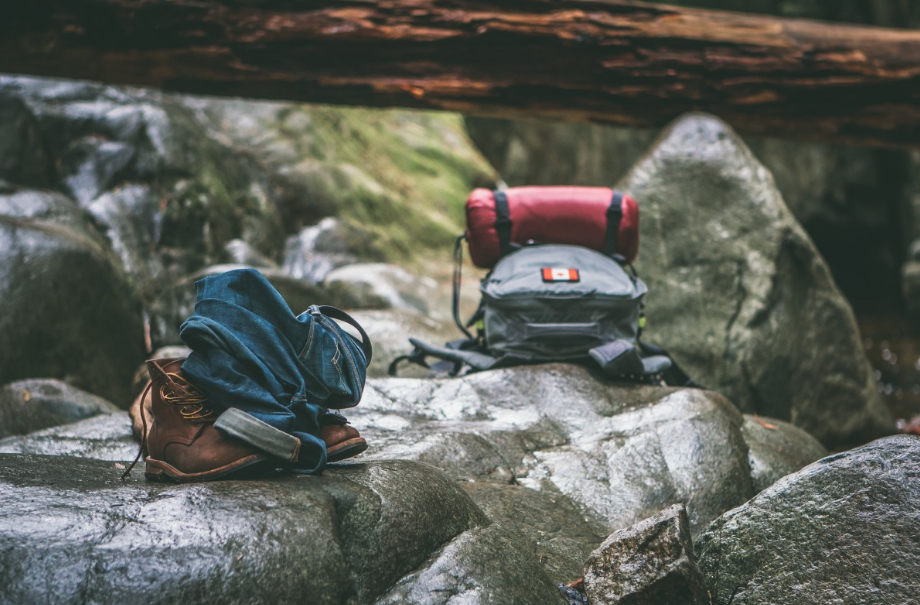
Some people like to bring along heaters, though they do have their own set of pros and cons. These things can be very dangerous, and their misuse can lead to carbon monoxide poisoning.
So if you do decide to pack a small propane heater, take one with you that has lots of safety features like emergency shutoffs. It should also be labeled as meant for indoor use. Once you’re moving about, you can always go preparing your next meal.
We think you'll like: 7 Best Outdoor Propane Fire Pit Reviews
You should bring along an insulated cup so you can sip warm drinks like hot chocolate or coffee throughout the day. Hot soup is great too.
When night time comes, you can use down-filled booties. These can keep your feet warm and you can keep them on when you slip into your sleeping bag.
Keeping Warm when Sleeping
You can start by using a bivy sack to wrap around your sleeping bag. You can also just double up on sleeping bags too. You should also use two foam pads under your sleeping bag to separate you well from the cold ground.
A hot water bottle can be very useful when you’re going on an overnight fall tent camping excursion. Just snuggle up to it when you’re sleeping inside your sleeping bag or you can use it to keep your feet toasty warm during the night.
We think you'll like: Bivy Sack vs Tent | In-depth Comparison for Campers & Hikers
You can warm up first before you sleep, by doing light exercises like jumping jacks. Don’t overdo it so you don’t sweat. Instead, you just want to warm up your body.
A snack full of carbs will also be a good idea before going to sleep. You tend to stay warmer when your body burning up calories while you sleep.
Also, do go to the bathroom right before you sleep. It can get annoying when you feel the need to urinate when it’s in the middle of a very cold night.
Cooking for Fall Camping Trips
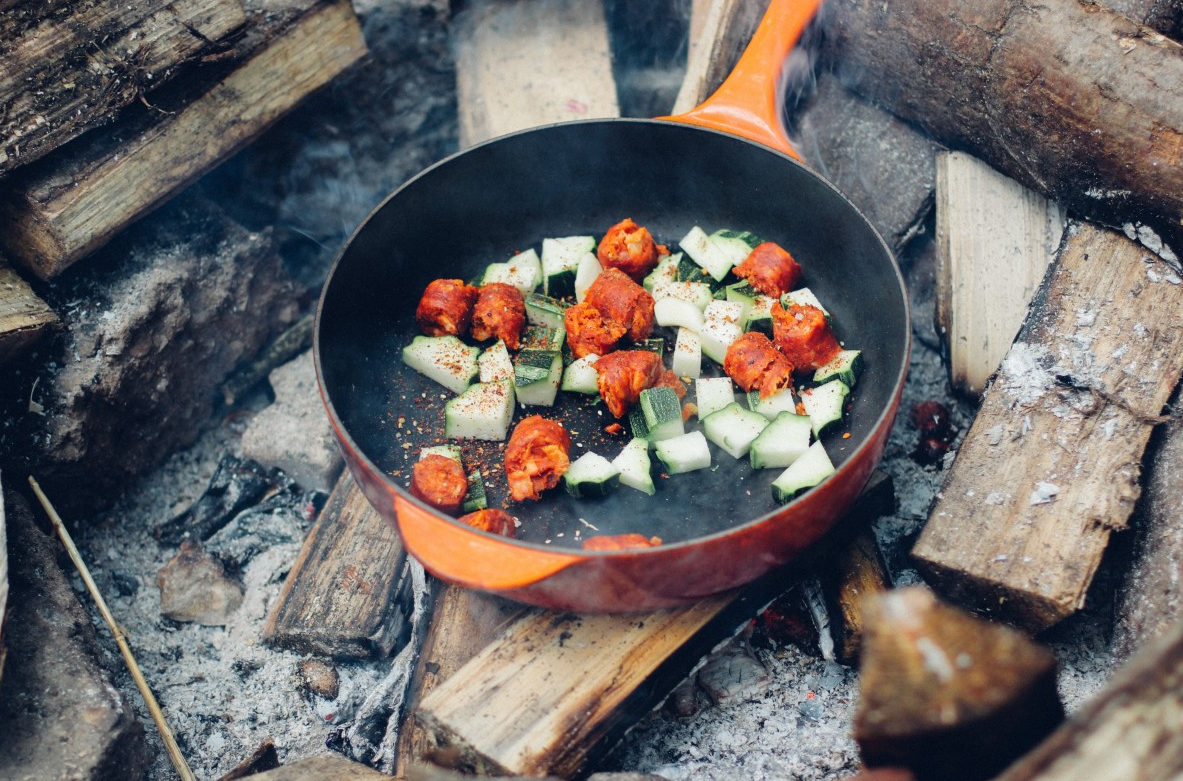
When it comes to your meals, you’ll need carbs to get your metabolism going. You’ll need good fats as well, which you can get from fish. Snack on nuts or avocados.
It’s best to pack one-pot meals or dishes that are easy to prepare when you’re camping in 50 degrees at night. The conditions can get a low worse in a hurry and it can become much more difficult to prepare food.You should also bring extra fuel as cooking times will be longer compared to when you’re cooking during the summer.
Fall Camping Ideas for Safety
As winter approaches, some animals may become more aggressive. Some will be engaging in fall mating rituals, so you don’t want to invade their space and annoy them.
Be careful of beehives and get rid of campsite trash so you don’t attract bears and other animals in the park. You can use a bear can or hang your food up high on a tree. If you’re car camping, you can use the trunk of your car at night to store in your food.
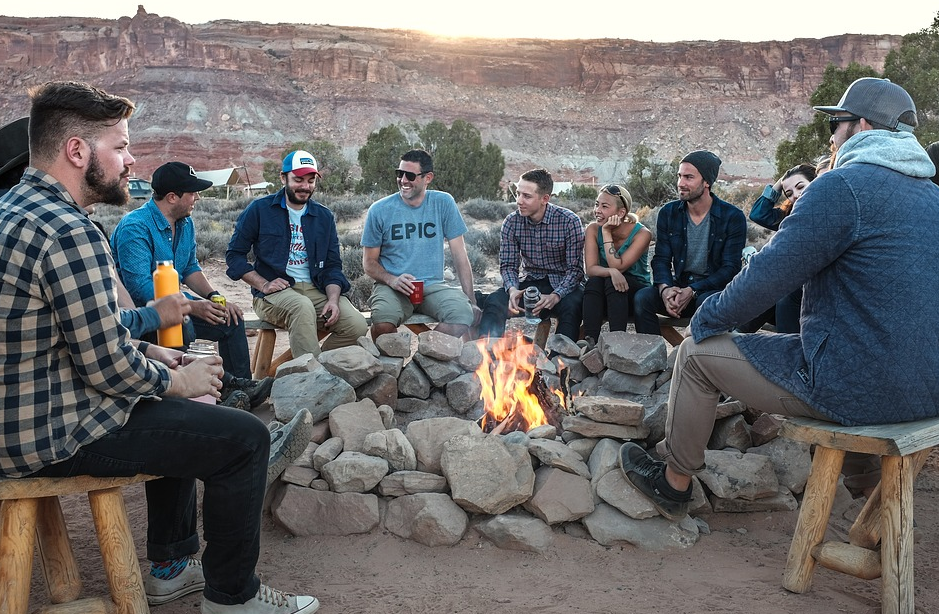
You have to be very mindful about what to wear camping in the fall as it’s not all about fashion. You have more important things to worry about, such as hypothermia. You have to keep yourself dry and warm at all times or else you risk your health or your life.
This means you need to bring lots of extra clothing, so that you can always change out or wet clothes as fast as you can. Don’t forget to drink plenty of water during the day.
Just because it is cooler doesn’t mean you can forget your daily H20 allocation. Drinking lots of coffee can’t always be your water replacement as it can make you feel even more dehydrated. Coffee is also a diuretic, which means you’re more apt to feel the need to urinate.
Conclusion
The key to tent camping in 30 degree weather during the fall is to understand that it can get very cold in a hurry. That means you need to be prepared for the cold no matter what happens. Your tent location, your gear, your clothes, and even your activities must help protect you from feeling uncomfortably cold.
We at Tent.net have all the essential camping and hiking gear reviewed.
Still, camping in the fall tends to be much more comfortable than camping during the winter. Some say that it’s even nicer than camping in the summer, as you don’t have the stifling heat and the insects to deal with. Enjoy the beauty of the leaves changing color, and have fun while other people go back to school!
